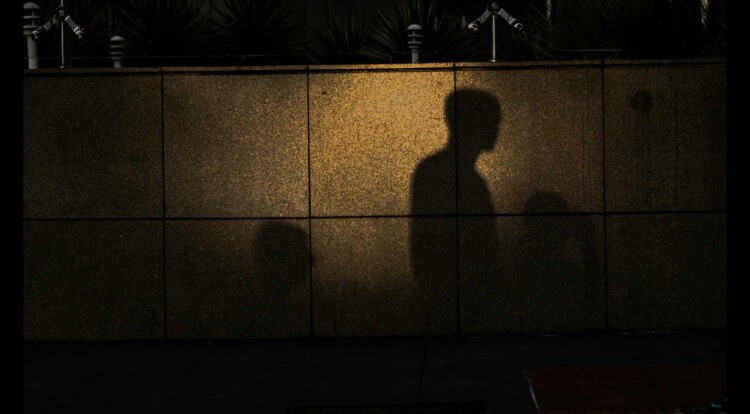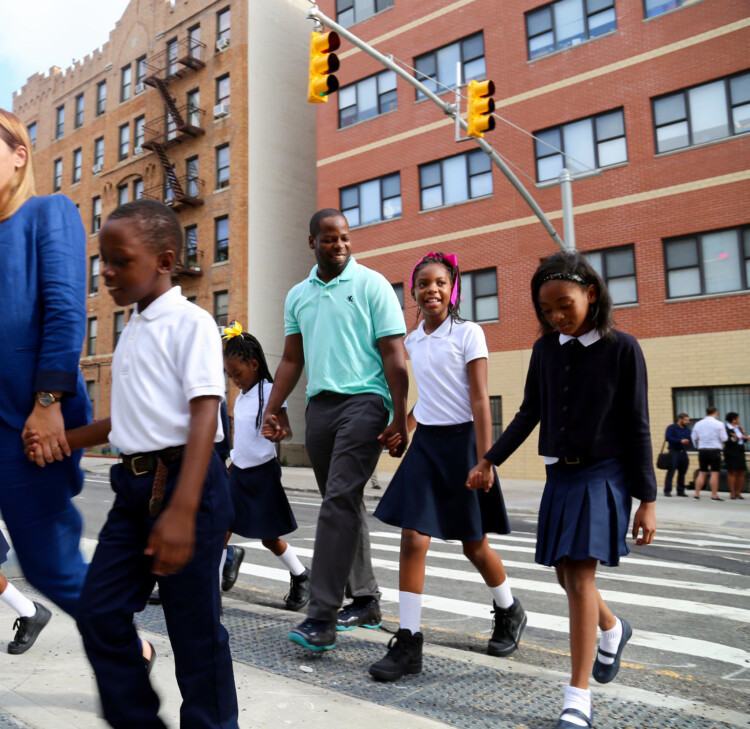As we conclude our third year of funding major research grants under the reducing inequality focus area, our data tell us that letter of inquiry (LOI) submissions—the initial point of entry for our grantmaking process—have gotten stronger and stronger. As the Foundation has published resources about our expectations and requirements, applicants have increasingly produced LOIs that fit our funding interests. Applicants in the field of education have been especially successful, but we have also funded outstanding studies in the areas of immigration, justice, child welfare, community engagement, and workforce development. While this means we must make even more difficult decisions about how to distribute limited grant dollars, we are pleased to see so many compelling proposals to study ways to test, build, or inform strategies for reducing inequality in youth outcomes.
Yet, we continue to see a number of LOIs that do not articulate a leverage point for reducing inequality that is clearly linked to the dimension(s) of inequality the study proposes to address. We recognize that given the longstanding tradition in so many fields to focus on documenting and understanding inequality, scholars often lack strong examples of how to study ways to reduce inequality. Below, I explain what we mean when we ask applicants to identify a lever of change—or potential lever—and provide three examples of funded studies.
What Do We Mean by Levers of Change?
The Foundation supports projects that have a distinct and explicit focus on reducing inequality along dimensions of race, ethnicity, socioeconomic status, language minority status, or immigrant origins (see Gamoran 2014). Put differently, we fund projects that ask: given what the literature tells us about unequal outcomes, differences, or disparities between groups, what strategies can be undertaken to significantly close the gaps in outcomes?
To identify such strategies for change—or levers—in a compelling way, applicants must first identify the dimension(s) of inequality a project will examine and, drawing from extant literature, describe how outcomes are unequal. But don’t stop there! The LOI should take the next step and draw on theories to test, identify, build, or improve strategies for equalizing outcomes between groups or for improving outcomes of the disadvantaged group. Strategies do not have to focus solely on ways to diminish disparities between groups, they might also focus on improving outcomes for groups who need it the most.
As you prepare your LOI, ask yourself: what strategy will I test, build, improve, or identify through this project that might reduce unequal outcomes among youth ages 5-25 in the United States? Simply, put, what can be changed to make things better?
For example, an applicant might be interested in examining ways to reduce the racial/ethnic gap in school discipline. In an LOI, we expect the applicant to document differences in a specific form of discipline, like out-of-school suspensions, by racial/ethnic group, and, drawing on theory that explains why those disparities exist, to then identify, test, or build specific strategies for reducing the inequality in outcomes.
Examples of Funded Studies
The projects of three current grantees address the racial/ethnic school discipline gap using three different approaches, each of which: 1) identifies the dimension of inequality, 2) specifies outcomes of interest, and 3) builds, tests, or identifies strategies for reducing inequalities in school discipline and related outcomes on the stated dimension:
- One project examines teachers’ differential behavior in the classroom as an important factor shaping racial disparities in discipline and related school outcomes. Drawing on extensive theoretical and empirical literature, the researchers identify racialized interpretations of student emotions and behaviors as a key mechanism that converts the implicit and explicit racial bias of teachers into negative relational, academic, and disciplinary outcomes for Black youth. After creating and validating a measure of bias and racialized interpretations, the researchers examine associations between teachers’ racial biases, interpretations of children’s emotions and misbehaviors, and students’ academic and disciplinary outcomes. Given their findings, the researchers plan to build an intervention that modifies teachers’ biases and racialized interpretations to effect change in the classroom, in disciplinary decisions, and thus, in student outcomes.
- Another study also examines teacher behavior as an important factor shaping the racial discipline gap, but where the project above directly tackles racial bias, this project tests a universal intervention shown to have gap-closing effects. The intervention offers intensive and sustained teacher coaching to improve instructional practices in ways that in turn improve student-teacher relationships, especially teachers’ sensitivity to student needs and teachers’ ability to raise the level of cognitive demand. In a previous study, the researchers found that these two mechanisms seemed to shift teacher perception of students at-risk for discipline sanctions. The current study asks whether the impact of the intervention extends beyond the classrooms for which teachers received coaching to their other classrooms to reduce discipline referrals and school suspensions for Black students.
- Finally, one project takes advantage of a natural experiment by examining the statewide implementation and impact of a Maryland Department of Education policy that seeks to reduce racial/ethnic disparities in out-of-school suspensions. In this case, the lever is a policy that requires districts to use a common measure to assess racial disproportionality in school discipline and, if found to have disproportionality, assess root causes and implement corrective action plans. The researchers ask how effective the Maryland method is for identifying and monitoring discipline disproportionality. They also examine the effectiveness of Maryland’s model in reducing exclusionary discipline and improving perceptions of school climate for Black and Latino youth. The investigators posit that employing a common metric and policy for handling disproportionality can improve the racial dynamics of school settings and reduce racial/ethnic discipline gaps.
As you see in the examples above, the projects identify, or propose to identify, programs, policies, or practices that reduce racial/ethnic inequality in school discipline and related outcomes. These are the levers, or strategies, that are hypothesized—given extant theoretical and empirical literature—to improve outcomes for youth who experience inequality along the dimensions of race and ethnicity.
Looking at the first two examples, note that it is not enough to say teacher behavior matters for reducing the racial/ethnic discipline gap; an applicant must show how teacher behavior can be changed, thus changing school discipline practices and improving youth outcomes. In other words, a leverage point identifies something malleable that can be altered to in turn improve negative outcomes.
Wrapping Up
In sum, LOIs for research on reducing inequality should make a compelling case that the inequality exists, explain why the inequality exists, and show why the study’s findings will be crucial to informing a policy, program, or practice to reduce it.
As you prepare your LOI, ask yourself: what strategy will I test, build, improve, or identify through this project that might reduce unequal outcomes among youth ages 5-25 in the United States? Simply, put, what can be changed to make things better?






